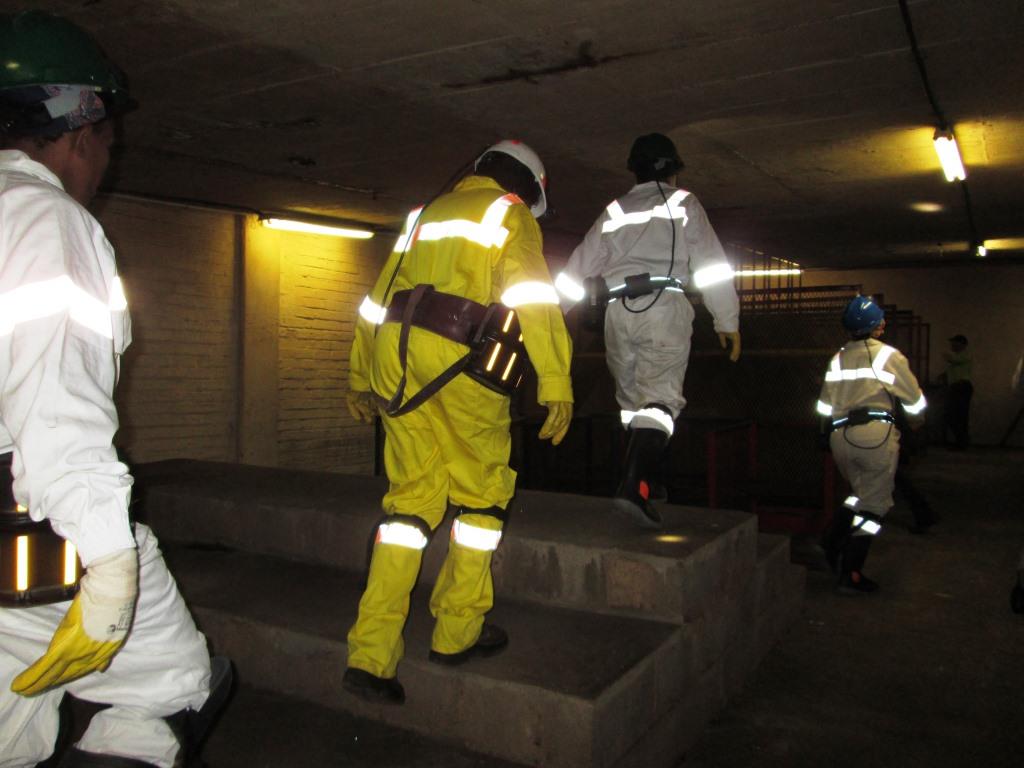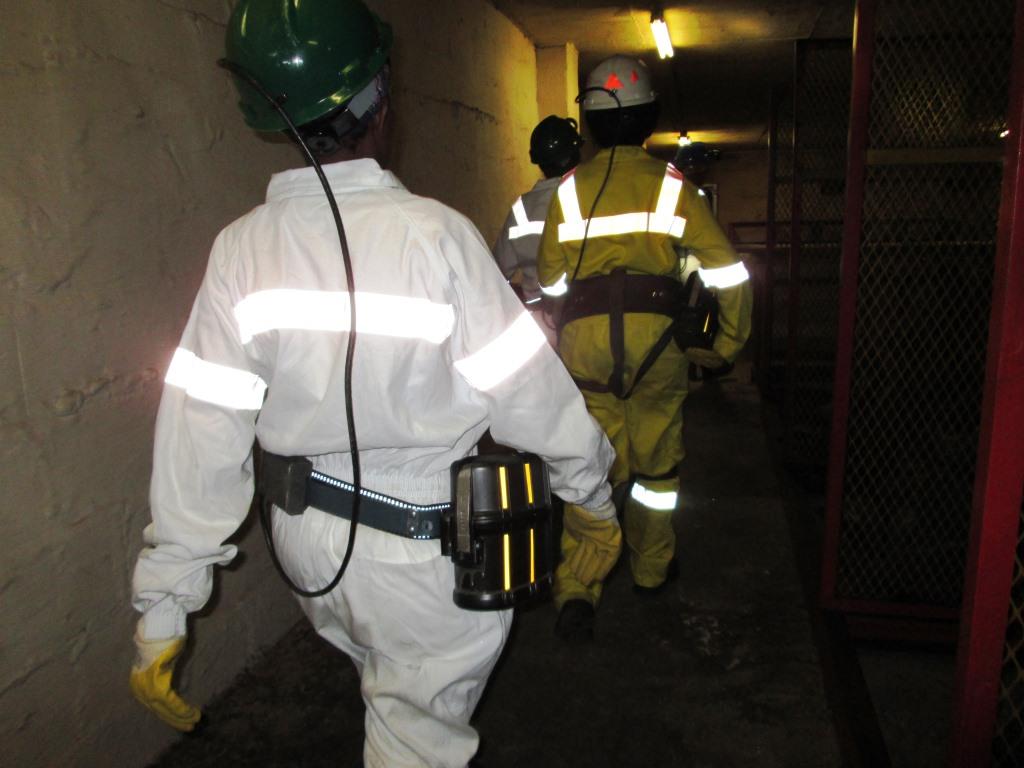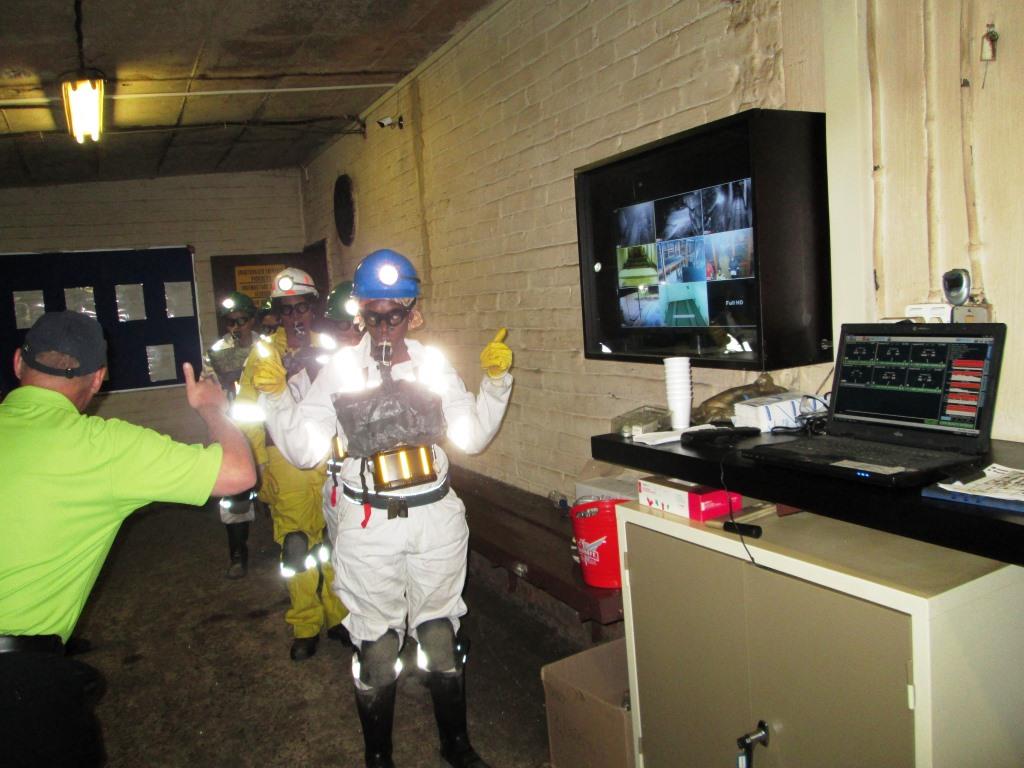The CSIR has completed research into making mining gear, in particular, self-contained self-rescuers, more suitable for the female form. The Mine Health and Safety Council awarded a contract to the CSIR to assess the ergonomic design of the current devices and make recommendations that will improve them.
In 2002, the South African Mining Charter called for mining companies to ensure that a minimum of 10% of its workface are women. However, the work environment in the mining sector, and aspects such as protective clothing, were not designed with women in mind. An increase of women in the industry has since pushed officials to assess whether they accommodate the new demographic and to create a conducive working environment for all.
Self-contained self-rescuers are closed-circuit respiratory protective devices that produce oxygen, for a limited time, independent of the surrounding atmosphere. These are used to protect the user by isolating them from harmful toxic gases and providing oxygen, especially during fires or explosions.
They are compulsory pieces of equipment and are worn around the waist on a belt for daily activity inside the mine. CSIR researchers sampled 100 women working in gold, coal and platinum mines in Mpumalanga, Limpopo and Gauteng to obtain body dimensions representative of the female mining workforce. The participants also commented on ergonomic aspects of the self-contained self-rescuers they carry as part of everyday equipment. In a series of simulated mining circumstances, women were reviewed to find out how current self-contained self-rescuers affected their performance and how well suited the devices were to their body dimensions.
More than 90% of the participants complained about the weight and discomfort of the devices. These included length of straps, strain to lower back and hip area and hindering the working process when not in use. Researchers also found that many participants lacked the practical knowledge of how to use the devices and have made recommendations for further training of staff on how to use the device. These findings and recommendations will be discussed with various experts, and manufacturers with an emphasis for mining companies to make the necessary improvements.
The CSIR is the only Department of Minerals Resources - accredited testing authority in South Africa that monitors these devices to ensure they are always in working order and checks for any unacceptable deterioration in their functional performance. These tests are carried out regularly against the industry standard and other related standards.



Contact Person: Jodi Hodgskiss, +27 11 853 4567